"""Fabex 'pack.py' © 2012 Vilem Novak
Takes all selected curves, converts them to polygons, offsets them by the pre-set margin
then chooses a starting location possibly inside the already occupied area and moves and rotates the
polygon out of the occupied area if one or more positions are found where the poly doesn't overlap,
it is placed and added to the occupied area - allpoly
Very slow and STUPID, a collision algorithm would be much much faster...
"""
from math import pi
import random
import time
import shapely
from shapely import geometry as sgeometry
from shapely import affinity, prepared, speedups
import bpy
from bpy.types import PropertyGroup
from bpy.props import (
BoolProperty,
EnumProperty,
FloatProperty,
)
from mathutils import Euler, Vector
from . import constants
from .cam_chunk import curve_to_chunks
from .utilities.chunk_utils import chunks_to_shapely
from .utilities.shapely_utils import shapely_to_curve
from .utilities.simple_utils import activate
[docs]
def s_rotate(s, r, x, y):
"""Rotate a polygon's coordinates around a specified point.
This function takes a polygon and rotates its exterior coordinates
around a given point (x, y) by a specified angle (r) in radians. It uses
the Euler rotation to compute the new coordinates for each point in the
polygon's exterior. The resulting coordinates are then used to create a
new polygon.
Args:
s (shapely.geometry.Polygon): The polygon to be rotated.
r (float): The angle of rotation in radians.
x (float): The x-coordinate of the point around which to rotate.
y (float): The y-coordinate of the point around which to rotate.
Returns:
shapely.geometry.Polygon: A new polygon with the rotated coordinates.
"""
ncoords = []
e = Euler((0, 0, r))
for p in s.exterior.coords:
v1 = Vector((p[0], p[1], 0))
v2 = Vector((x, y, 0))
v = v1 - v2
v.rotate(e)
ncoords.append((v[0], v[1]))
return sgeometry.Polygon(ncoords)
[docs]
def pack_curves():
"""Pack selected curves into a defined area based on specified settings.
This function organizes selected curve objects in Blender by packing
them into a specified area defined by the CAM pack settings. It
calculates the optimal positions for each curve while considering
parameters such as sheet size, fill direction, distance, tolerance, and
rotation. The function utilizes geometric operations to ensure that the
curves do not overlap and fit within the defined boundaries. The packed
curves are then transformed and their properties are updated
accordingly. The function performs the following steps: 1. Activates
speedup features if available. 2. Retrieves packing settings from the
current scene. 3. Processes each selected object to create polygons from
curves. 4. Attempts to place each polygon within the defined area while
avoiding overlaps and respecting the specified fill direction. 5.
Outputs the final arrangement of polygons.
"""
if speedups.available:
speedups.enable()
t = time.time()
packsettings = bpy.context.scene.cam_pack
sheetsizex = packsettings.sheet_x
sheetsizey = packsettings.sheet_y
direction = packsettings.sheet_fill_direction
distance = packsettings.distance
tolerance = packsettings.tolerance
rotate = packsettings.rotate
rotate_angle = packsettings.rotate_angle
# in this, position, rotation, and actual poly will be stored.
polyfield = []
for ob in bpy.context.selected_objects:
activate(ob)
bpy.ops.object.make_single_user(type="SELECTED_OBJECTS")
bpy.ops.object.origin_set(type="ORIGIN_GEOMETRY")
z = ob.location.z
bpy.ops.object.location_clear()
bpy.ops.object.rotation_clear()
chunks = curve_to_chunks(ob)
npolys = chunks_to_shapely(chunks)
# add all polys in silh to one poly
poly = shapely.ops.unary_union(npolys)
poly = poly.buffer(distance / 1.5, 8)
poly = poly.simplify(0.0003)
polyfield.append([[0, 0], 0.0, poly, ob, z])
random.shuffle(polyfield)
# primitive layout here:
allpoly = prepared.prep(sgeometry.Polygon()) # main collision poly.
shift = tolerance # one milimeter by now.
rotchange = rotate_angle # in radians
xmin, ymin, xmax, ymax = polyfield[0][2].bounds
if direction == "X":
mindist = -xmin
else:
mindist = -ymin
i = 0
p = polyfield[0][2]
placedpolys = []
rotcenter = sgeometry.Point(0, 0)
for pf in polyfield:
print(i)
rot = 0
porig = pf[2]
placed = False
xmin, ymin, xmax, ymax = p.bounds
if direction == "X":
x = mindist
y = -ymin
if direction == "Y":
x = -xmin
y = mindist
itera = 0
best = None
hits = 0
besthit = None
while not placed:
# swap x and y, and add to x
# print(x,y)
p = porig
if rotate:
ptrans = affinity.rotate(p, rot, origin=rotcenter, use_radians=True)
ptrans = affinity.translate(ptrans, x, y)
else:
ptrans = affinity.translate(p, x, y)
xmin, ymin, xmax, ymax = ptrans.bounds
# print(iter,p.bounds)
if (
xmin > 0
and ymin > 0
and (
(direction == "Y" and xmax < sheetsizex)
or (direction == "X" and ymax < sheetsizey)
)
):
if not allpoly.intersects(ptrans):
# we do more good solutions, choose best out of them:
hits += 1
if best is None:
best = [x, y, rot, xmax, ymax]
besthit = hits
if direction == "X":
if xmax < best[3]:
best = [x, y, rot, xmax, ymax]
besthit = hits
elif ymax < best[4]:
best = [x, y, rot, xmax, ymax]
besthit = hits
if hits >= 15 or (
itera > 20000 and hits > 0
): # here was originally more, but 90% of best solutions are still 1
placed = True
pf[3].location.x = best[0]
pf[3].location.y = best[1]
pf[3].location.z = pf[4]
pf[3].rotation_euler.z = best[2]
pf[3].select_set(state=True)
# print(mindist)
mindist = mindist - 0.5 * (xmax - xmin)
# print(mindist)
# print(iter)
# reset polygon to best position here:
ptrans = affinity.rotate(porig, best[2], rotcenter, use_radians=True)
ptrans = affinity.translate(ptrans, best[0], best[1])
print(best[0], best[1], itera)
placedpolys.append(ptrans)
allpoly = prepared.prep(sgeometry.MultiPolygon(placedpolys))
# cleanup allpoly
print(itera, hits, besthit)
if not placed:
if direction == "Y":
x += shift
mindist = y
if xmax + shift > sheetsizex:
x = x - xmin
y += shift
if direction == "X":
y += shift
mindist = x
if ymax + shift > sheetsizey:
y = y - ymin
x += shift
if rotate:
rot += rotchange
itera += 1
i += 1
t = time.time() - t
shapely_to_curve("test", sgeometry.MultiPolygon(placedpolys), 0)
print(t)
